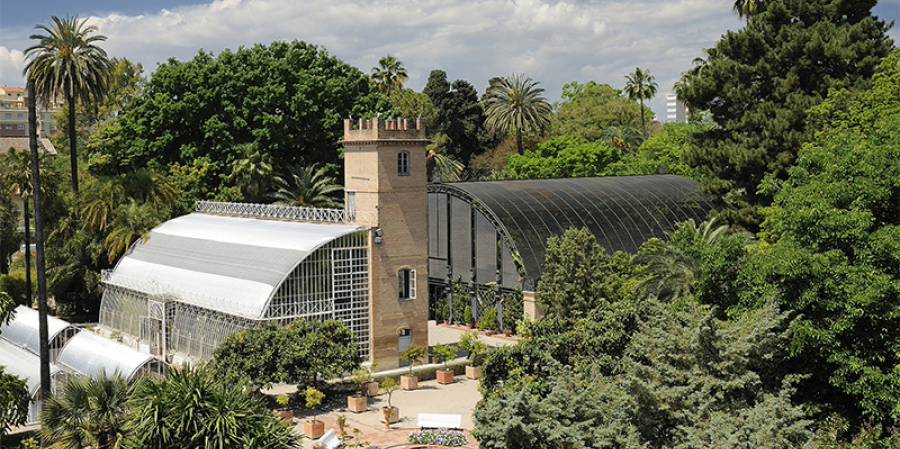Next up Phytohormones in Valencia

Excited to attend to the XV Simposio de Fitohormonas of the Spanish Society of Plant Physiology held in Valencia.
For more information on the program etc. refer to the conference web page: Fitohormonas2018
Stephan will present a talk reporting on the latest findings of the lab on the physiological role of Arabidopsis AMI1 in the hormonal regulation of trade-offs between pant stress responses and growth.
Summary:
The evolutionary success of plants relies to a great extent on their extraordinary ability to adapt to changes in their environment. They can effectively respond to a broad range of abiotic stresses, including e.g. changes in water and nutrient availability or temperature. In addition, plants have established comprehensive defense mechanisms to counteract attacks of a wide variety of biotic predators. Plant hormones are crucial mediators governing these adaptive responses to biotic and abiotic stresses, respectively. Many stress responses encompass the substantial repression of growth, re-directing available energy sources either to defense or to securing the next progeny through a per-mature transition from the vegetative to the generative phase.
Characterization of the auxin biosynthesis-related mutant ami1 provided first indications for the contribution of the auxin precursor indole-3-acetamide (IAM) in the repression of plant growth, since ami1 mutants are moderately smaller than wild-type Arabidopsis plants. Further investigation disclosed AMI1 gene expression to be substantially affected by a number of stress conditions, including e.g. osmotic, drought, and heat stress, which in turn results in the accumulation of IAM. Transcriptomics analysis of the functionally impaired ami1 mutant revealed a number of molecular targets downstream of IAM. The experiments highlighted, i.a., the induction of NCED3, a key player in abscisic acid (ABA) biosynthesis. The induction of NCED3 in ami1 was confirmed by qPCR and mass spectrometric analyses, demonstrating a five-fold increase of ABA in ami1. Moreover, we report on the identification of a MYB transcription factor, LAUCH1, which is also among the downstream targets and acts as a negative regulator of growth. LAU1 expression is induced by ABA and LAU1 overexpressing mutants (LAU1-OXi) appear more sensitive to osmotic stress. In summary, we provide compelling evidence for the operation of a novel hub in auxin biosynthesis that appears to work as a molecular switch contributing to the control of plant growth under adverse conditions through the cross-talk with ABA.


